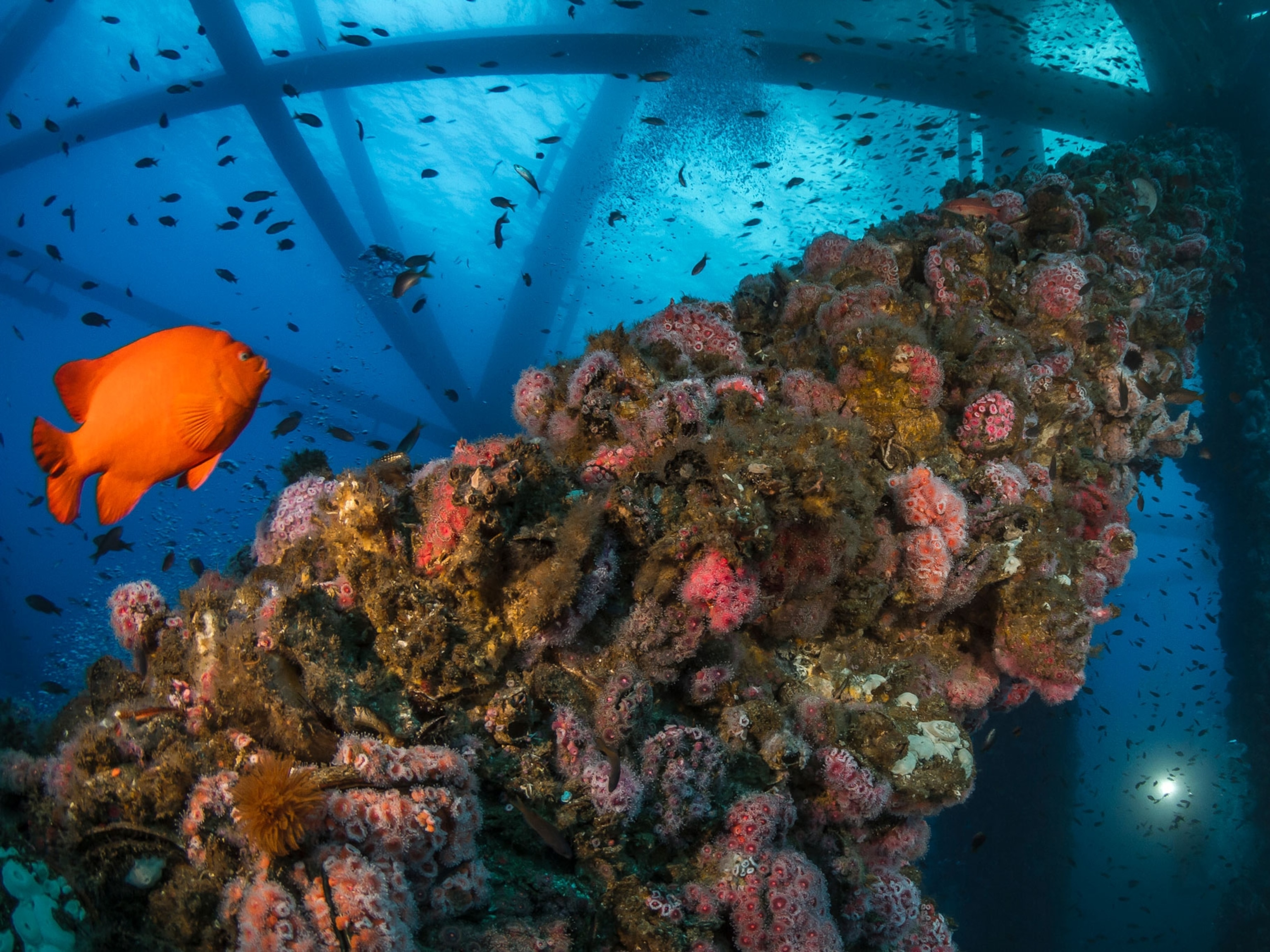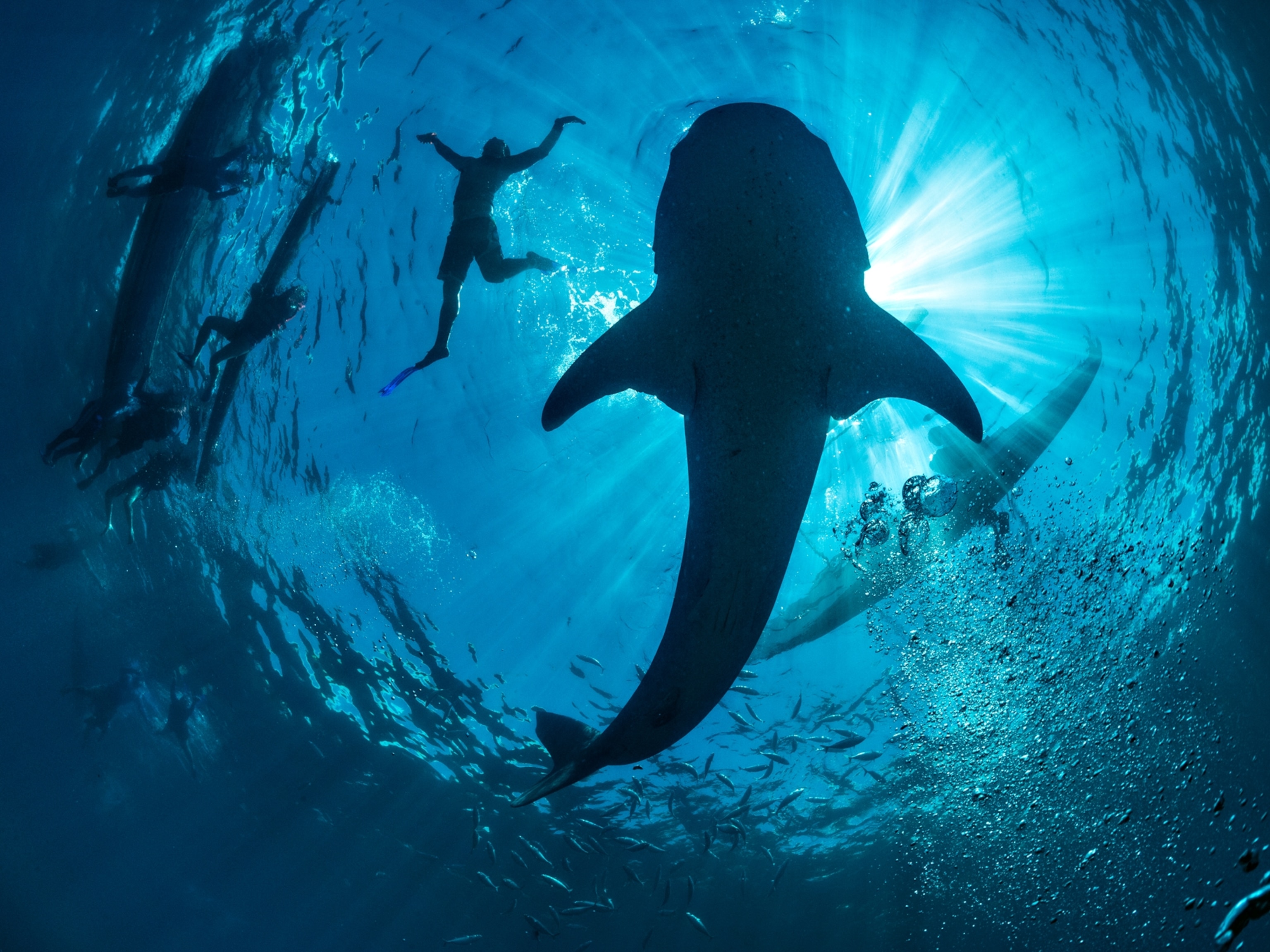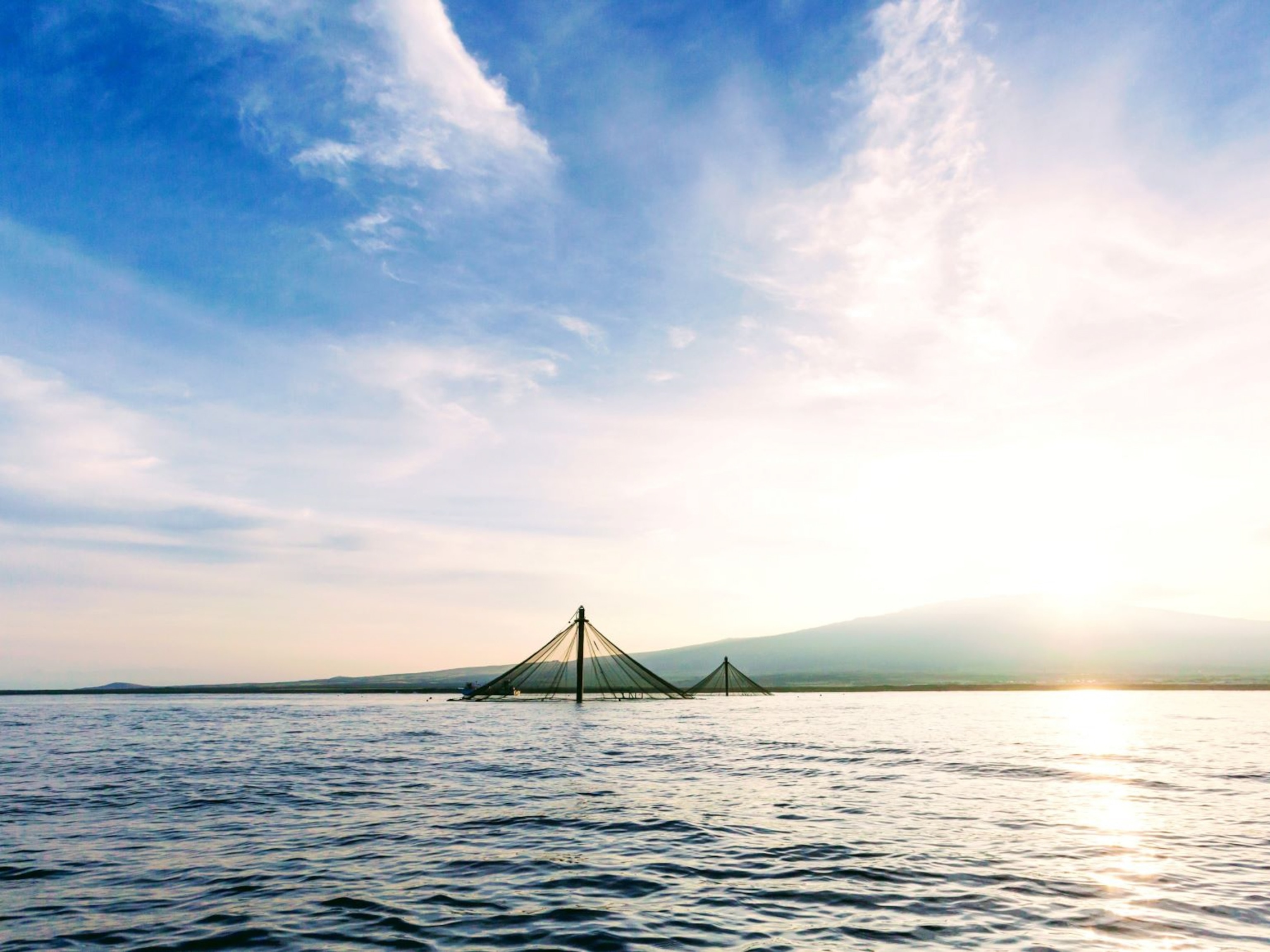In the ocean, a wide variety of hitchhikers glom on to other animals. Barnacles are among the most prominent, but there are actually hundreds of creatures that pursue this life strategy. Generally, these freeloaders—which can be seen covering everything from whales to sea turtles to horseshoe crabs—are seen as harmless and even beneficial in some cases.
But what if they become a real drag?
Sea spiders, an enigmatic group of creatures found all over the world, are not immune to such hitchhikers. New research shows that organisms encrusted on or protruding from their surface can affect their movement and interfere with their breathing—since they lack lungs and gills and absorb oxygen through their exoskeleton.
The paper, published in the journal Marine Biology, found that larger hitchhikers such as stalked barnacles did in fact increase the drag experienced by Antarctic sea spiders by two to three times, which increased the energy necessary to walk. The increased surface area also created a Mary Poppins umbrella effect where the sea spiders were more prone to being swept off their feet by ocean currents.
Encrusting organisms such as algae and bryozoans, also known as moss animals, had the potential to greatly reduce breathing locally by up to 50 percent. However, total coverage on most sea spiders was not enough to substantially affect breathing overall.
The study, by a team of scientists led by Steven Lane, a lecturer at Loyola University Maryland, took a look at how three types of sea spiders in Antarctica fare with their cohabitants.

Two of the species studied (Ammothea glacialis and Colossendeis megalonyx) range from 7 inches) to over one foot in length and resemble daddy long legs with long, thin legs and tiny bodies. The other species, Nymphon australe, are around two inches long and have a bulkier build.
Over two summers at McMurdo Station, a U.S. research center which Lane likens to a mining and college town combined, scientists spent days diving into the freezing waters of McMurdo Sound, a biologically rich region. During dive days, Lane and his team dove for 30 to 40 minutes at a time. “The limiting factor was how cold we got,” Lane says. The scientists ultimately collected around 200 sea spiders from the shallows to depths beyond 100 feet.
They also recorded video footage of how often sea spiders were found with organisms growing on them and how fast sea spiders with and without organism growth walked away from bright lights, a behavior that may minimize their exposure to predators.
Back in the lab, scientists first measured how much oxygen could make it past encrusting organisms to the exoskeleton surface using an oxygen sensor on live sea spiders. Then, they placed an oxygen sensor within sea spider leg segments to see how much more oxygen diffused into their bodies.





To quantify the drag that protruding hitchhikers contributed, live sea spiders were dropped in a small tank in front of GoPro cameras and their falling speed recorded. The same sea spiders were dropped again after the protrusions were removed.
James McClintock, a professor of polar and marine biology at the University of Alabama at Birmingham who wasn't involved in the paper, says he was “surprised that the [hitchhikers] growing on the outer [surface] of these giant sea spiders did not negatively impact the ability of these unique animals to sustain their metabolism.
The study suggests that barnacled sea spiders would be limited to areas with low flow to forage and mate, but it’s still unclear what impact this would have on Antarctic ecology as a whole.
“I’m sure [the sea spiders] are doing something important, but we just don’t know enough about them to say,” Lane says.
There have been rare cases of fish and crabs eating sea spiders and, in the field, some fish were seen grabbing a sea spider, but the would-be predators relented and spat them out.
But male sea spiders, which surprisingly carry the eggs, using specialized appendages called ovigers, are more vulnerable. Some types of shrimp will grab the males, flip them over and eat the eggs, before letting the adults go, Lane says.
Some sea spiders are apparently capable of grooming and removing such debris, while others are not, or seem to not care too much, says Claudia Arango, a researcher at the Queensland Museum and the American Museum of Natural History.
Much remains to be discovered about sea spiders, Arango says. “We know nothing about their role in the deep sea in general,” she says. The animals remain understudied in the Southern Ocean, which has the highest levels of sea spider abundance and diversity.
As the poles warm and acidify faster than the rest of the world, sea spiders and other creatures could be drastically affected. For example, the growth rate of algae and bryozoans often increase with temperature, potentially leading to a higher density of unwanted hitchhikers.
“Sea spiders have been around for a very, very long time,” Lane says, with the earliest fossils dating back at least 400 million years. “We think these Antarctic species are going to be the first affected by climate change because they’ve been living in such cold environments for so long, that as the ocean warms up, there’s no place for them to go,” Lane says.
“There is no living animal group that is closely related to sea spiders,” Arango adds. “If we lose them, we lose a whole branch of the tree of life.”
Related Topics
You May Also Like
Go Further
Animals
- Octopuses have a lot of secrets. Can you guess 8 of them?
- Animals
- Feature
Octopuses have a lot of secrets. Can you guess 8 of them? - This biologist and her rescue dog help protect bears in the AndesThis biologist and her rescue dog help protect bears in the Andes
- An octopus invited this writer into her tank—and her secret worldAn octopus invited this writer into her tank—and her secret world
- Peace-loving bonobos are more aggressive than we thoughtPeace-loving bonobos are more aggressive than we thought
Environment
- Listen to 30 years of climate change transformed into haunting musicListen to 30 years of climate change transformed into haunting music
- This ancient society tried to stop El Niño—with child sacrificeThis ancient society tried to stop El Niño—with child sacrifice
- U.S. plans to clean its drinking water. What does that mean?U.S. plans to clean its drinking water. What does that mean?
- Food systems: supporting the triangle of food security, Video Story
- Paid Content
Food systems: supporting the triangle of food security - Will we ever solve the mystery of the Mima mounds?Will we ever solve the mystery of the Mima mounds?
History & Culture
- Strange clues in a Maya temple reveal a fiery political dramaStrange clues in a Maya temple reveal a fiery political drama
- How technology is revealing secrets in these ancient scrollsHow technology is revealing secrets in these ancient scrolls
- Pilgrimages aren’t just spiritual anymore. They’re a workout.Pilgrimages aren’t just spiritual anymore. They’re a workout.
- This ancient society tried to stop El Niño—with child sacrificeThis ancient society tried to stop El Niño—with child sacrifice
- This ancient cure was just revived in a lab. Does it work?This ancient cure was just revived in a lab. Does it work?
Science
- The unexpected health benefits of Ozempic and MounjaroThe unexpected health benefits of Ozempic and Mounjaro
- Do you have an inner monologue? Here’s what it reveals about you.Do you have an inner monologue? Here’s what it reveals about you.
- Jupiter’s volcanic moon Io has been erupting for billions of yearsJupiter’s volcanic moon Io has been erupting for billions of years
- This 80-foot-long sea monster was the killer whale of its timeThis 80-foot-long sea monster was the killer whale of its time
Travel
- How nanobreweries are shaking up Portland's beer sceneHow nanobreweries are shaking up Portland's beer scene
- How to plan an epic summer trip to a national parkHow to plan an epic summer trip to a national park
- This town is the Alps' first European Capital of CultureThis town is the Alps' first European Capital of Culture
- This royal city lies in the shadow of Kuala LumpurThis royal city lies in the shadow of Kuala Lumpur








